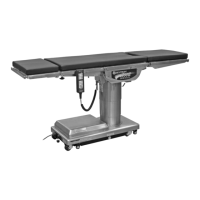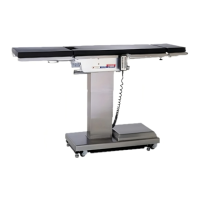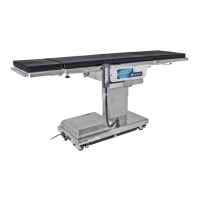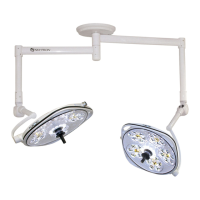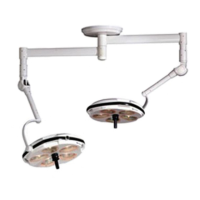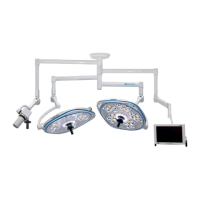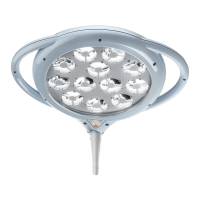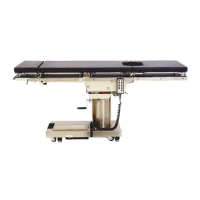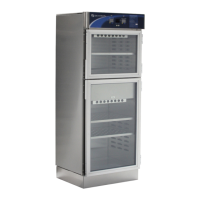Page 14
Figure 1-19.
2. Raise the table top until the piston reaches
the end of its stroke and stalls. Observe reading
on pressure gauge and turn the adjustment nut
(clockwise to increase oil pressure, counterclock-
wise to decrease) until desired reading is obtained.
Pressure should be 8MPA (80KG/CM
2
-1138 PSI).
An erratic reading and/or inability to adjust to the
recommended setting may indicate the need for
replacement of the pressure relief valve.
1-3. Hydraulic Adjustments
a. Fluid Level.
The fluid level should be approximately 1/2" below
the filler hole or gasket surface. If additional fluid
is needed, remove the filler vent cap with a phillips
screwdriver and add fluid through this opening
using a funnel. See figure 1-18.
NOTE
The elevation cylinder should be com-
pletely down, the brakes released and all
the other control functions in their neutral
position when checking oil level.
NOTE
Whenever a hydraulic line or component
is replaced, bleed the air out of the line
using the pump pressure by activating
the function before making the final con-
nection. Then operate the function until
it stalls in both directions.
c. Pressure Relief Valve
The pressure relief valve is adjusted by turning
the adjustment nut until the desired pressure is
reached.
To adjust:
1. Remove the blind cap and attach a hydraulic
pressure gauge to the main oil galley using a 6mm
plumbing bolt. See figure 1-19.
Figure 1-18.
The type of oil that should be used is SKYTRON P.N.
D6-010-90 or equivalent. This is a very high quality
hydraulic oil. The table requires approximately two
quarts of oil to operate properly. Excercise caution
when determining equivalance to avoid damage to
the hydraulic system.
b. Bleeding The Hydraulic System
To purge the air from the hydraulic system, oper-
ate each function back and forth at least two or
three times.
041905.032
FILLER CAP
FITTING
GASKET
OIL TANK
RESERVOIR
041905.033
PRESSURE
RELIEF
VALVE
PRESSURE
GAUGE
PLUMBING
BOLT
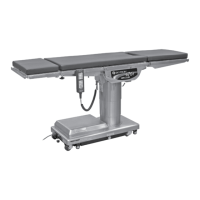
